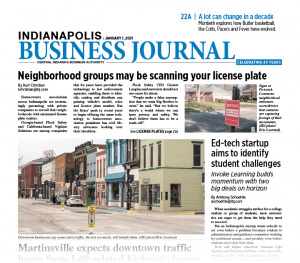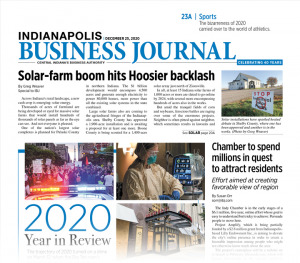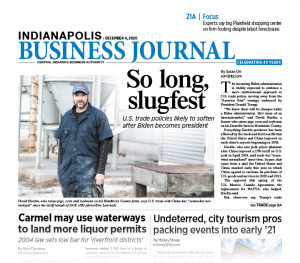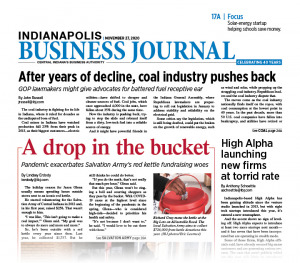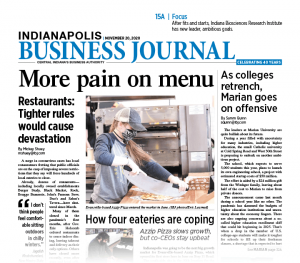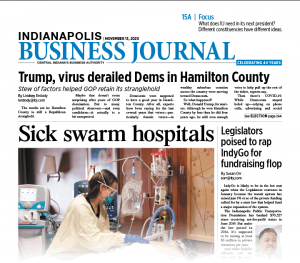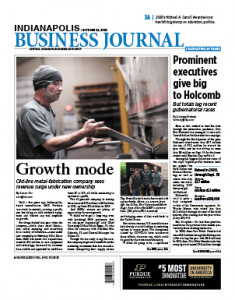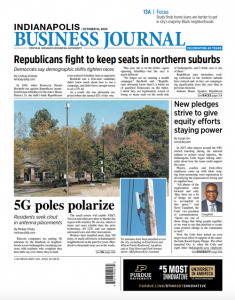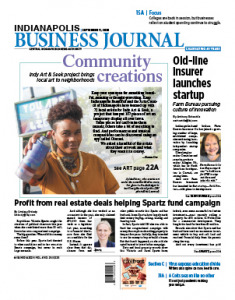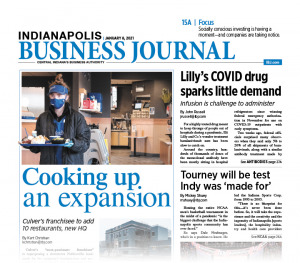
JAN. 8-14, 2021
The push to stage all of March Madness in the Indy area will be a herculean effort involving city and state officials, tourism and civic leaders, national broadcasters and likely thousands of volunteers. Mickey Shuey has the highlights and fine details from the still-evolving to-do list on the (likely) giant whiteboard at the effort’s headquarters. Also in this week’s issue, John Russell examines the lukewarm reception for Eli Lilly and Co.’s revolutionary antibody treatment for COVID-19. And Kurt Christian outlines the aggressive plans of Culver’s super-franchisee Jeff Meyer of Noblesville as he stakes out his new company headquarters and readies for 10 more locations.

